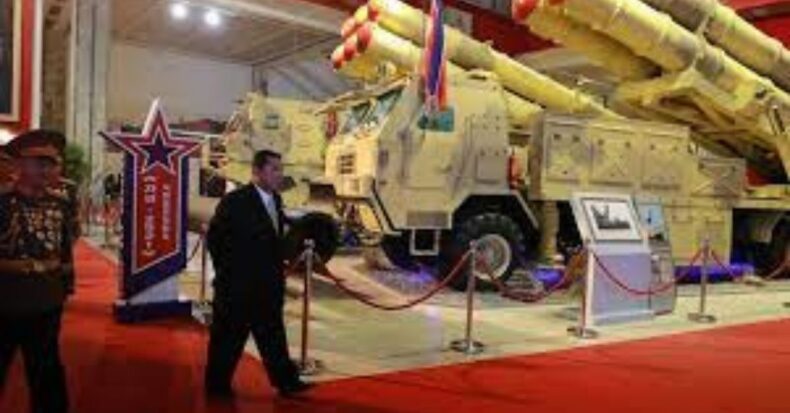According to the South Korean and Japanese officials, North Korea fired a suspected submarine-launched ballistic missile into waters off the coast of Japan.
For the first time in over two years, North Korea appears to have fired a submarine-launched ballistic missile, adding to a string of nuclear weapons tests by the Kim Jong Uns regime meant to dodge U.S. Interceptors.
According to South Korea’s military, North Korea is accused of launching an SLBM into waters between the peninsula and Japan on Tuesday from the east coast location of Sinpo.
It was unclear whether the short-range missile was fired from a submarine or an underwater platform. In that area, North Korea maintains a submarine base and an underwater missile test site.
Submarine-launched:
According to Japanese Prime Minister Fumio Kishida, North Korea fired two ballistic missiles, although they detected no damage. North Korea is prohibited from testing ballistic missiles under U.N. resolutions, and Tokyo condemned the latest launch.
The latest launch comes after a series of tests in September of weapons capable of delivering nuclear warheads to South Korea and Japan, the two U.S. allies in the region that house most American troops.
The Korean War, which divided the peninsula into two countries and saw the United States support the South, dropped in a truce in 1953, leaving North and South Korea technically at war.
According to observers, the latest launch comes as South Korea prepares its missiles in an arms race on the Korean peninsula. This week, Seoul hosts what is touted as the country’s largest-ever defence display.
According to reports, it will show off a new fighter plane and guided armaments such as missiles. It is also planning to launch its space rocket shortly.
One of the weapons was dubbed a “hypersonic missile” by North Korea, implying that the country was getting closer to putting nuclear warheads in high-speed gliders that could elude U.S. missile defences.
Last month, Kim Jong Un’s regime demonstrated a new mechanism for launching ballistic missiles from trains. Just hours before, South Korean President Moon Jae-in witnessed his country’s submarine-launched ballistic missile test.
Pukguksong-3:
North Korea frequently conducts nuclear tests for political reasons. South Korea is set to launch its new three-stage Nuri rocket on Thursday, a $1.8 billion effort to place a 1.5-ton satellite into an orbit between 600 and 800 kilometres above the Earth.
The missile travelled 430-450 kilometres (267-280 miles) and reached an altitude of roughly 60 kilometres, according to Yonhap News Agency, citing an unnamed source.
That would be consistent with a short-range ballistic missile, and it would be less than a year since it last tested a submarine-launched ballistic missile, shooting a Pukguksong-3 from an underwater platform in October 2019.
The state news agency KCNA reported at the time that it was launched at a high angle to reduce the “external threat.” The missile could have travelled roughly 1,900 kilometres if it had been found on a typical trajectory rather than a vertical one.
All of South Korea and Japan would have been within striking distance. The fact that missiles are launched from a submarine makes them harder to detect and allows them to reach closer to other targets.
Japan initially misinterpreted that test of a single, two-stage missile as a launch of two rockets. Since then, North Korea has debuted two updated versions of the weapon in military parades: the Pukguksong-4 and Pukguksong-5.

Last week, North Korean leader Kim Jong-un stated that he did not want another war to erupt. He noted that his country must continue to build weapons for self-defence against foes, specifically the United States, whom he accuses of hostility.














